10 Spaced repetition apps
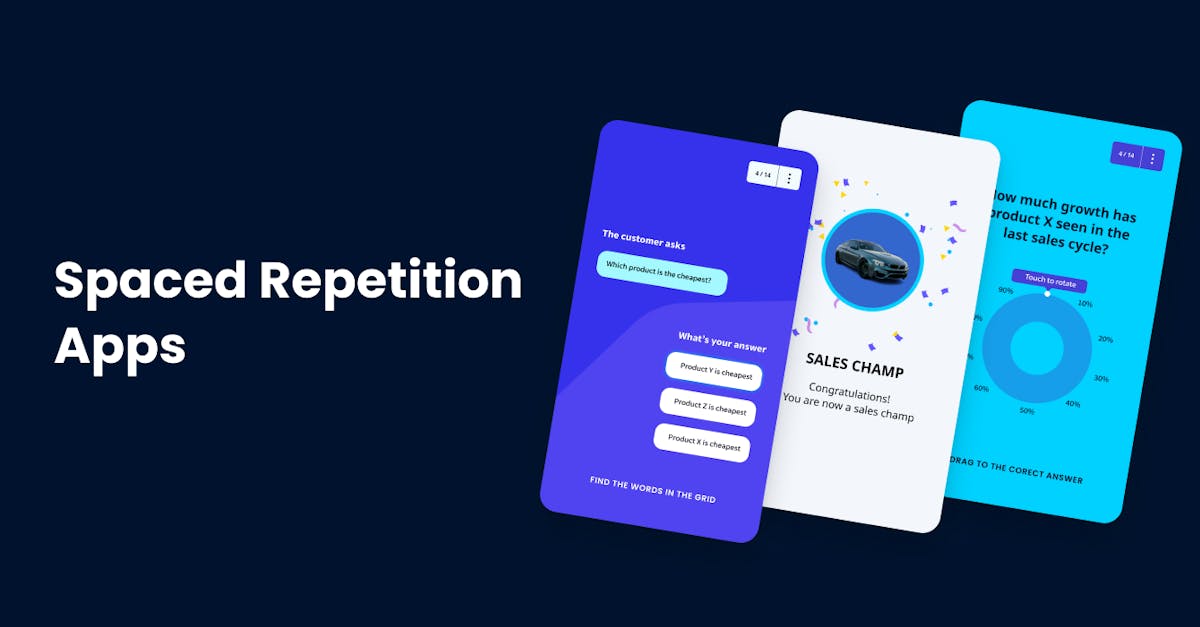
Modern learners with shorter attention spans find it difficult to gain knowledge from traditional training methods like lectures. Spaced repetition is changing the way your learners learn at work by using shorter bursts of information at intervals. We’ve handpicked spaced repetition apps you can easily integrate into your training programs for more effective learning today!
1. EdApp
Our top choice for a spaced repetition app is the award-winning learning management system (LMS), EdApp. Aside from the already comprehensive suite of learning tools, EdApp has a spaced repetition tool called Brain Boost.
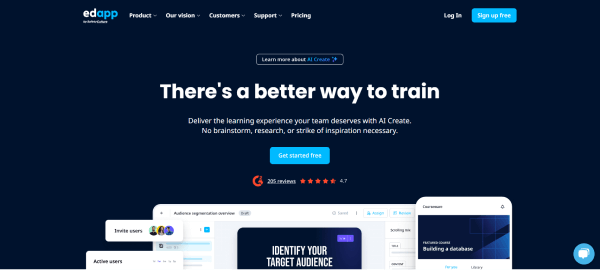
This spaced repetition feature uses the SM-2 algorithm to automatically deliver learning content to your teams until they perfect their lessons. No additional coding, designing, or content creation is needed. After a learner finishes a course, the algorithm analyzes their performance to create follow-up quizzes in designated intervals for optimal knowledge retention.
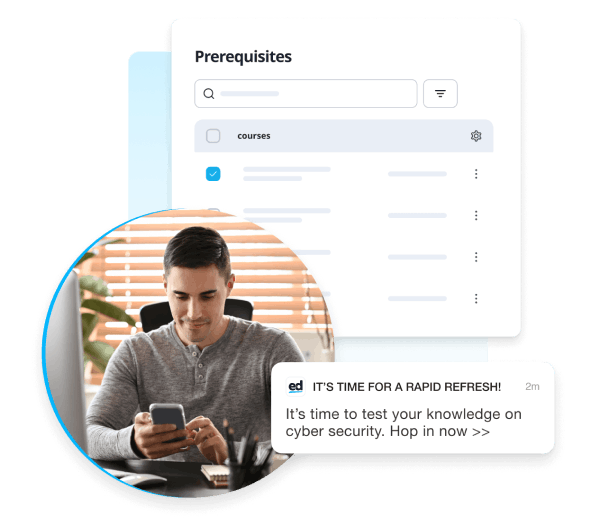
And aside from spaced repetition features, EdApp has an amazing course creator tool, a massive course library, complete reporting and analytics, and a mobile-first design.
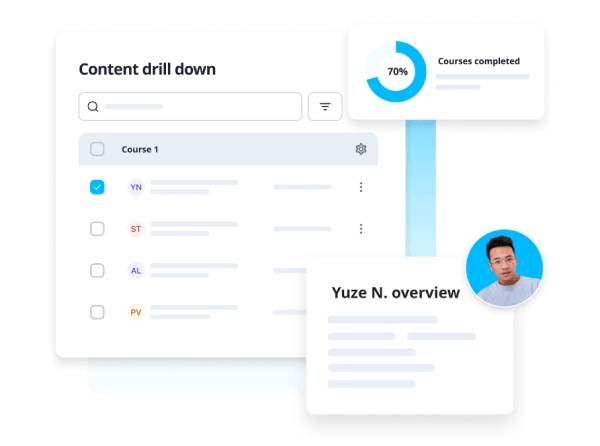
As a microlearning platform, EdApp focuses on creating bursts of digestible content for learners, which is just spaced repetition in practice. In short, it’s easy, intuitive, and effective for all kinds of learners!
Cost: Free
Key features:
- Brain Boost
- SM-2 algorithm-based spaced repetition
- Microlearning
- Course creator tool
- Content library
Use the best spaced repetition app on the market today! Sign up for EdApp—it’s free forever.
2. iDoRecall
iDoRecall is a spaced repetition app that’s a little bit more classic with the use of flashcards for elearning. It allows learners to directly input information into flashcards and lets them build their review program. It has a built-in library so you can upload files like images, videos, PDFs, PPTs, and more to use for your content.
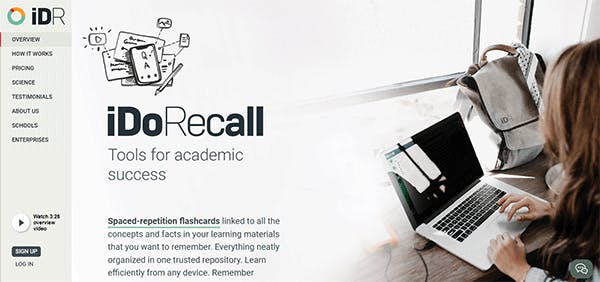
After uploading content, iDoRecall will algorithmically schedule practice intervals for your learners. This is perfect for L&D professionals who want to create challenging, yet grounded review materials for learners. Although iDR is a great tool, it’s going to be a separate app if you’re already using an existing learning management system for your corporate training. Spaced repetition for staff learning can be a different challenge altogether.
Cost: Starts at 14 USD/month for L&D managers
Key features:
- Flashcard learning
- Built-in media library for uploading
- Algorithm-based scheduling
3. Tovuti LMS
Tovuti LMS is an elearning platform used to create fast and simple courses. Although it’s not specifically a spaced repetition app, it’s a powerful learning management system that uses an automated delivery system for training content. The simplicity of it is its key point. This tool is easy from content creation to delivery to reporting, and allows you to customize delivery.
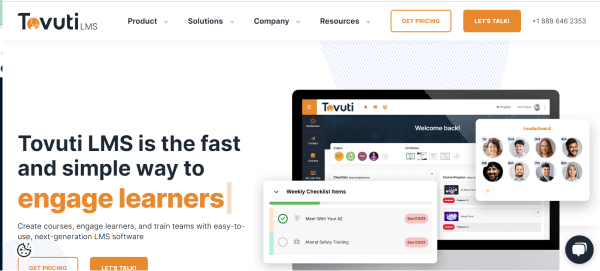
If you’re looking for a SCORM-compliant system, Tovuti LMS also supports this and allows you to integrate it into existing learning systems.
Cost: Contact Tovuti
Key features:
- Automated delivery
- Easy content creation
- Simple reporting and analytics
- SCORM compliance
4. Quizlet
Quizlet is another flashcard spaced repetition app that we recommend. It’s accessible on Google Play and the App Store, so you can let your learners review and memorize on the go. It’s also available offline for a truly self-paced learning experience. It hosts ready-made learning solutions like tests, exams, textbooks, and verified answers for reliable reviewing.

Aside from flashcards, the app provides step-by-step instructions and explanations for even the most complex topics. Although this is a great tool for academic learning, it may not be the best spaced repetition app to use for spaced learning for corporate training or workplace learning.
Cost: Contact Quizlet
Key features:
- Flashcard-based learning
- Google Play and App Store accessibility
- Ready-made learning solutions
- Verified answers
- Step-by-step instructions
5. Anki
Anki is another intelligent spaced repetition learning app that uses electronic flashcards. And just like the other flashcard apps on this list, it’s easily accessible in any operating system like iOS, Android, Windows, Mac, and more. The app also supports all kinds of files like images, videos, and audio for a customizable flashcard learning experience.
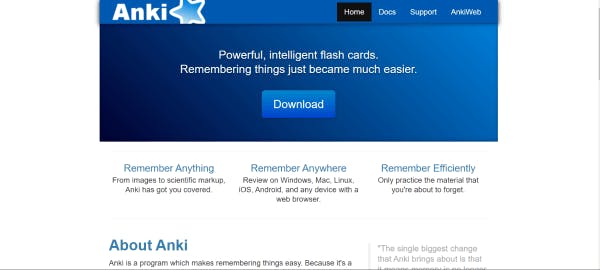
You can easily synchronize content across different devices, and a host of content that’s customizable from the get-go. It’s also an optimized system that can handle thousands of flashcard decks, so you don’t have to worry about running out of space. Since the app is open-sourced, you can easily add extensions and add-ons.
Cost: Free
Key features:
- Supports all OS
- Media-rich
- Customizable flashcards
- Customizable content templates
- Open-source
6. FluentU
FluentU is a little different from the other apps on this list because it’s software that’s specifically designed to help learn languages. Spaced repetition is the best way to learn new languages as you’re prone to information overload learning new words, vocabulary, and writing systems. FluentU makes this easy with language immersion and a strategically spaced repetition system.
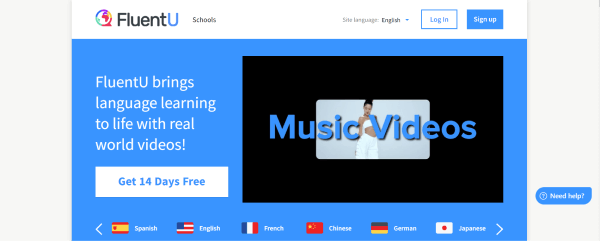
Your learners will be primarily learning through videos of the language they’re taking because it’s much more engaging. But the best part is the quiz sections. Learners will be challenged with what they learned through active participation.
Cost: Free
Key features:
- Language immersion
- App Store and Google Play accessibility
- Offline listening
- Video learning
- Quiz sections
7. Memoo
Memoo is a mobile spaced repetition app with a simple yet sleek design ideal for effective memorization-based learning. Whatever content you’re learning, whether it’s onboarding training, a new language, or high-level technical training, you can easily integrate it into Memoo. It has smart algorithms that learn the relevant cards you need at the right time to help you learn efficiently.
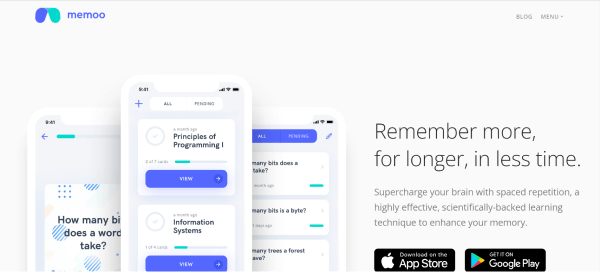
It’s also cloud-based and cross-device so you can study wherever you are, great for remote learning. It also supports offline use along with cloud auto-syncing so you don’t have to worry about connectivity issues!
Cost: Free
Key features:
- Flashcards based
- Cross-device
- Smart algorithm
- Cloud support
- Offline use
8. TubeCards
TubeCards is a spaced repetition app you can seamlessly integrate into YouTube. Learning through educational content creators on YouTube’s been the norm for years, and TubeCards takes that to the next level. By using flashcards and spaced repetition, learning has become much easier and more efficient. If you’re learning complex information, using high-quality flashcards will guarantee knowledge retention.

Although it’s a great tool for learners already using YouTube, it may not exactly fit your corporate training programs seamlessly.
Cost: Free
Key features:
- Flashcard spaced repetition
- YouTube integration
- Intuitive UI
9. Degreed
Degreed is an all-around learning management system that focuses on the management aspect of corporate learning. This means that spaced repetition and strategic content delivery are all in the palm of learning managers and trainers alike. Degreed pride itself in its powerful and well-designed real-time analytics and insight systems. This makes learning management easy and effective.
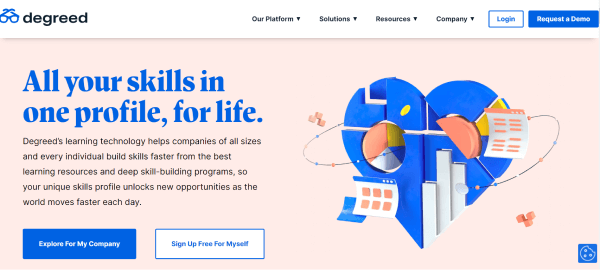
You can create personalized learning experiences with this tool collaboratively with users, learners, colleagues, experts, and groups. You can even customize all of the learning resources that go into your learning flow, as well as spacing intervals for delivery.
Cost: Contact Degreed for a demo
Key features:
- Real-time analytics
- Well-designed reporting systems
- Personalized learning paths
- Customizable spacing intervals
10. Coassemble
Coassemble is an elearning solution for entry-level training managers who are just starting with training platforms. It’s an easy-to-use tool that you can use to create simple training campaigns to help your teams learn fast and effectively. It has all of the LMS basics like authoring, quiz templates, and mobile-responsive features, but you can also deliver content to your teams directly.

This means that you can apply spaced repetition through customizable assignment intervals and even with gamified challenges. As you personalize your learning content, you can even set the availability times based on your teams’ schedules.
Cost: Starts at 50 USD/month
Key features:
- Authoring tool
- Mobile responsive features
- Customizable delivery intervals
- Gamification
Author
Alec Bailon
Alec is an eLearning expert for EdApp, a pioneer LMS that designs creative mobile workplace training solutions. On the off days, they enjoy cooking, reading, or finding a live show or play to watch.
